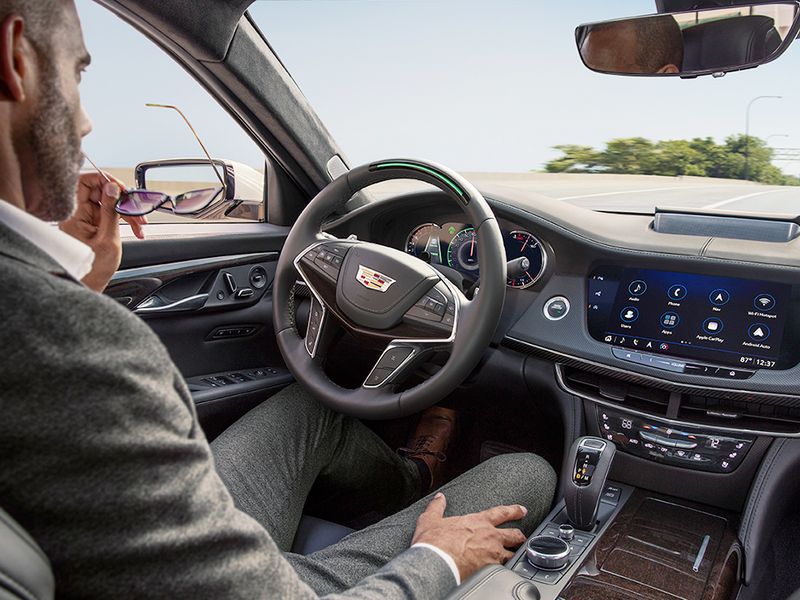
Thirty percent of drivers turn off adaptive cruise control, according to a survey released Wednesday by Erie Insurance, making it the top safety feature that drivers disable.
The survey identifies 11 safety features that are disabled the most. Lane-keeping assist and driver-attention monitoring round out the top three.
“Drivers said their most common reasons for turning off or disabling features is that they find them annoying or distracting,” Jon Bloom, vice president of personal auto at Erie Insurance, said in a press release.
The survey listed several other reasons drivers disable these features, including lack of control, limited helpfulness, false alarms, lack of trust and bad experiences.
Drivers are paying a significant amount of money for these safety features. According to Car and Driver, adaptive cruise control systems can cost $1,000 to $4,500, depending on the vehicle.
“Today’s cars are safer than ever thanks to advanced technology, but it only works if people use it,” Bloom told Automotive News.
Safety features in vehicles from the 2016-20 model years are designed to decrease crashes. For example, front-collision warnings with automated braking have cut front-to-rear crashes with injuries by more than half, a survey last year by the Insurance Institute for Highway Safety found.
But the Erie survey found that 17 percent of respondents turn off automated emergency braking, and 11 percent turn off forward-collision warning.
Drivers also disable lane-departure warning, traffic sign recognition, pedestrian detection, blind-spot monitoring, rear cross-traffic alert and backup cameras.
Erie Insurance surveyed 500 licensed U.S. drivers over 18 with 2016-20 vehicles. The Pennsylvania company is one of the largest homeowner, casualty and automobile insurers in the U.S.
Said Bloom: “I do expect safety features to change over time and I expect that we are going to want to keep a pulse on it and conduct periodic updates.”